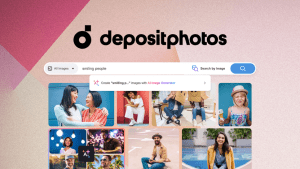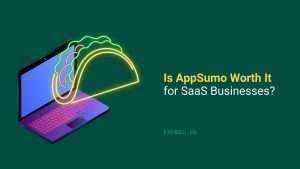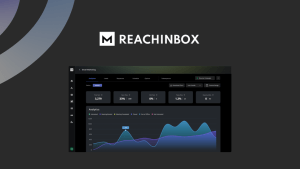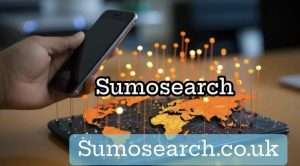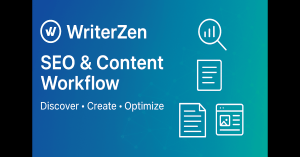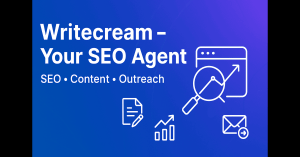Email marketing for IT companies enhances customer engagement and drives lead generation. It offers a cost-effective way to communicate.
Email marketing remains a powerful tool for IT companies. It provides direct communication with potential and existing clients. Regular newsletters and targeted campaigns can showcase new products, updates, and industry insights. Personalization and segmentation improve open rates and engagement. Automated emails save time and ensure timely follow-ups.
Metrics like open rates, click-through rates, and conversions offer valuable insights. Effective email marketing builds brand loyalty and trust. It’s essential to have a well-crafted strategy, compelling content, and clear calls-to-action. By leveraging email marketing, IT companies can nurture leads, retain customers, and boost ROI.
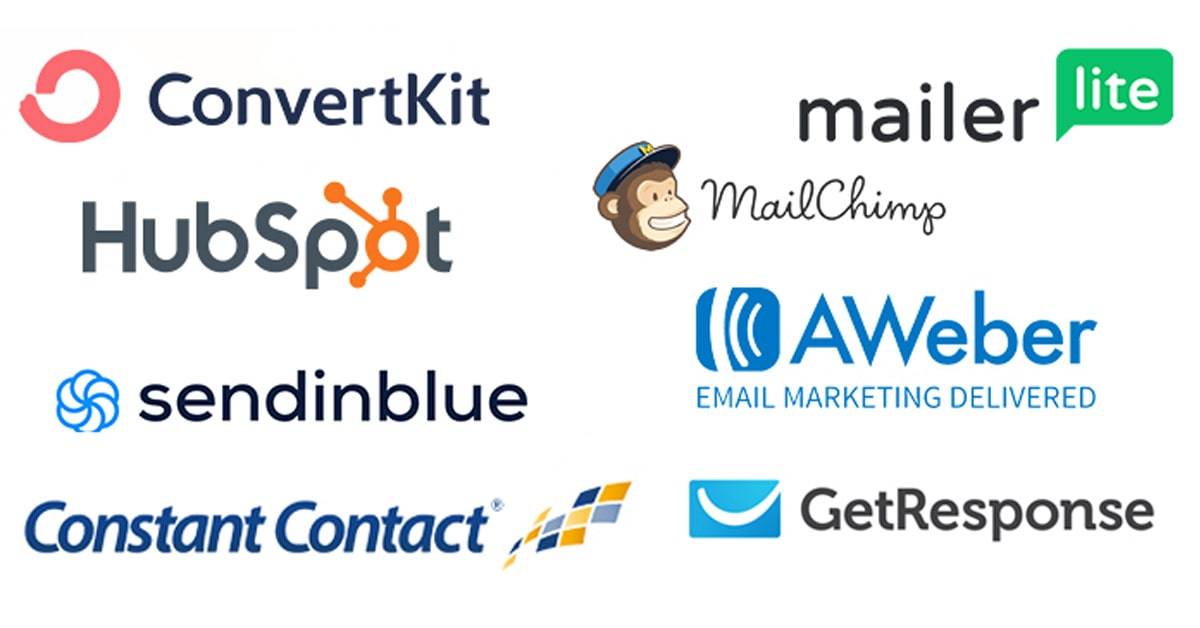
Credit: www.globaldatabase.com
Introduction To Email Marketing
Email marketing is a powerful tool for IT companies. It helps in reaching potential clients and maintaining relationships with existing ones. By leveraging email marketing, IT companies can share updates, launch new products, and provide valuable insights to their audience.
Importance In It Sector
In the IT sector, email marketing holds significant importance. Here are some key reasons why:
- Direct Communication: Email allows direct communication with clients.
- Cost-Effective: It is a cost-effective way to reach a large audience.
- Measurable Results: Email campaigns provide measurable results through analytics.
- Personalization: Emails can be personalized to cater to individual client needs.
Current Trends
Staying updated with current trends is crucial in email marketing. Here are some trends IT companies should follow:
- Automation: Automating email campaigns saves time and increases efficiency.
- Interactive Content: Adding interactive elements like polls and surveys engages recipients.
- Mobile Optimization: Ensuring emails are mobile-friendly is essential.
- Data Privacy: Adhering to data privacy regulations builds trust with clients.
By incorporating these trends, IT companies can enhance their email marketing strategies. They can reach more clients and achieve better results.

Credit: financesonline.com
Building An Email List
Building an email list is crucial for IT companies. It helps in direct communication with potential clients. You can share updates, offers, and valuable information easily.
Target Audience Identification
Identifying your target audience is the first step. Know who your ideal clients are. Understand their needs and preferences. This helps in creating tailored content for them.
Create a buyer persona to represent your ideal client. Include details like age, job role, and interests. This makes it easier to target them accurately.
Lead Magnet Ideas
Offer something valuable in exchange for their email. This is known as a lead magnet. Here are some ideas:
- Ebooks – Provide in-depth knowledge on a specific topic.
- Whitepapers – Share detailed research or case studies.
- Free Trials – Offer a limited-time trial of your software.
- Webinars – Host live sessions on relevant IT topics.
Ensure your lead magnet is relevant to your audience. It should solve a problem or add value to their work.
Crafting Effective Emails
Email marketing is a powerful tool for IT companies. Crafting effective emails can boost your engagement rates. This involves strategic planning and execution. Let’s dive into some critical aspects of creating impactful emails.
Subject Line Strategies
The subject line is the first thing your audience sees. A compelling subject line can increase open rates significantly. Here are some strategies:
- Keep it short and sweet: Aim for 6-10 words.
- Use action verbs: Encourage your audience to take action.
- Include numbers: Numbers draw attention and promise specific value.
- Create urgency: Phrases like “limited time” or “act now” work well.
- Personalize: Use the recipient’s name or company.
Personalization Techniques
Personalization can make your emails feel more relevant. It helps build a connection with your audience. Here are some techniques:
- Use the recipient’s name: It adds a personal touch.
- Segment your audience: Send tailored content to specific groups.
- Customize the content: Mention the recipient’s industry or job role.
- Behavior-based triggers: Send emails based on user actions.
- Dynamic content: Change email content based on user data.
Effective email marketing requires attention to detail. From subject lines to personalization, every element counts. Implement these strategies to enhance your email marketing efforts.
Automation Tools
Email marketing is essential for IT companies. It keeps clients engaged and informed. Automation tools simplify this task, saving time and increasing efficiency. These tools handle repetitive tasks, allowing teams to focus on strategy and creativity. Let’s explore how automation tools can benefit your email marketing efforts.
Top Platforms
Several platforms offer powerful email automation features. Here are some of the best:
- Mailchimp: Known for its user-friendly interface and robust automation.
- HubSpot: Offers advanced features, including CRM integration.
- ActiveCampaign: Provides excellent customer service and automation tools.
- Sendinblue: Combines email marketing with SMS and chat.
- GetResponse: Features advanced analytics and marketing automation.
Workflow Optimization
Optimizing your email marketing workflow is crucial. Automation tools streamline this process:
- Set up automated welcome emails for new subscribers. This builds immediate engagement.
- Create drip campaigns to nurture leads over time. These emails are sent based on user behavior.
- Use segmentation to tailor messages to specific audience groups. This increases relevancy and open rates.
- Implement trigger-based emails, such as cart abandonment reminders. These are highly effective in converting leads.
- Analyze performance metrics to refine your strategy. Most platforms offer detailed reports.
Automation tools make email marketing easier and more effective. They help IT companies stay connected with their audience.
Segmentation Tactics
Segmentation tactics can enhance your email marketing strategy for IT companies. By dividing your audience, you can send more personalized messages. Let’s delve into some effective segmentation tactics.
Customer Behavior Analysis
Analyzing customer behavior is a crucial segmentation tactic. Look at how customers interact with your emails. Do they open them? Click on links? Use this information to segment your audience.
- Open Rate: Segment users who frequently open your emails.
- Click-Through Rate: Identify users who often click on links.
- Purchase History: Group customers based on past purchases.
This table illustrates how you can segment customers based on their behavior:
| Behavior | Segment | Action |
|---|---|---|
| High Open Rate | Engaged Users | Send promotional offers |
| Low Open Rate | Unengaged Users | Send re-engagement emails |
| Frequent Purchases | Loyal Customers | Send loyalty rewards |
Segmenting By Interests
Segmenting by interests allows you to target specific groups. This makes your messages more relevant.
- Surveys: Ask customers about their interests.
- Past Interactions: Track what content they engage with.
- Browsing History: Use website data to understand their preferences.
Here’s an example of how you might segment by interests:
| Interest | Segment | Action |
|---|---|---|
| Software Development | Developers | Send coding tips |
| Cybersecurity | IT Security Professionals | Send security updates |
| Cloud Computing | Cloud Enthusiasts | Send cloud service news |
Content Creation
Creating compelling content is vital for IT companies using email marketing. Engaging content can convert readers into clients. Let’s explore key components of effective content creation.
Value-driven Content
Providing value-driven content is essential. Your emails should offer solutions and insights. This builds trust and keeps your audience engaged.
- Share industry news and trends.
- Provide how-to guides and tutorials.
- Offer case studies and success stories.
Create content that addresses your audience’s pain points. This makes your emails more relevant and helpful.
Visual Elements
Visual elements enhance your email content. They break up text and make your emails visually appealing.
| Element | Benefit |
|---|---|
| Images | Catch the reader’s eye |
| Infographics | Summarize information quickly |
| Videos | Engage viewers deeply |
Use high-quality images and videos. Keep them relevant to your content. This enhances the reading experience.
- Include screenshots of software features.
- Add charts and graphs to show data.
- Use GIFs to demonstrate processes.
A mix of text and visuals keeps your audience interested. It also helps convey complex information more effectively.
Metrics And Analytics
Email marketing is essential for IT companies. But success needs more than just sending emails. It requires tracking and analyzing key metrics. This way, you understand what works and what doesn’t. This section dives into the critical metrics and analytics you should follow.
Key Performance Indicators
Key Performance Indicators (KPIs) are vital for measuring email marketing success. Here are some essential KPIs:
- Open Rate: The percentage of recipients who open your email. Higher open rates indicate compelling subject lines.
- Click-Through Rate (CTR): The percentage of recipients who click on links in your email. Higher CTR means your content is engaging.
- Bounce Rate: The percentage of emails that couldn’t be delivered. A high bounce rate signals issues with your email list.
- Unsubscribe Rate: The percentage of recipients who opt-out of your email list. Lower rates mean your content is valuable.
A/b Testing
A/B testing helps optimize your email marketing campaigns. It involves sending two versions of an email to small segments of your audience. Then, you compare the results to see which version performs better. Here are some elements you can A/B test:
- Subject Lines: Test different subject lines to see which has a higher open rate.
- Call-to-Action (CTA): Experiment with different CTAs to boost your click-through rate.
- Email Design: Test various layouts and designs to find the most engaging format.
- Send Times: Try sending emails at different times to see when your audience is most responsive.
| Metric | Definition | Why It Matters |
|---|---|---|
| Open Rate | Percentage of opened emails | Indicates subject line effectiveness |
| CTR | Percentage of clicked links | Shows content engagement |
| Bounce Rate | Percentage of undelivered emails | Highlights email list issues |
| Unsubscribe Rate | Percentage of opt-outs | Reflects content value |
Legal And Ethical Considerations
Email marketing for IT companies requires careful attention to legal and ethical considerations. Understanding these can help avoid penalties and build trust with your audience. Here, we’ll cover two critical areas: GDPR Compliance and Anti-Spam Practices.
Gdpr Compliance
The General Data Protection Regulation (GDPR) is a law in the European Union. It protects individual data privacy. IT companies must follow GDPR to avoid fines. Key points for GDPR compliance include:
- Data Collection: Collect only necessary data.
- Consent: Obtain explicit consent from users.
- Data Access: Allow users to access their data.
- Right to be Forgotten: Allow users to delete their data.
- Data Security: Ensure data is secure and protected.
Anti-spam Practices
Anti-spam laws help reduce unwanted emails. IT companies must follow these to maintain reputation and trust. Key anti-spam practices include:
- Clear Sender Information: Include a valid company name and address.
- Unsubscribe Option: Provide an easy way for users to opt-out.
- Relevance: Send emails relevant to the recipient.
- Frequency: Avoid sending too many emails.
- Content: Ensure content is truthful and non-deceptive.
Below is a table summarizing the key points for quick reference:
| Aspect | Key Points |
|---|---|
| GDPR Compliance |
|
| Anti-Spam Practices |
|
Case Studies
Exploring case studies of successful email marketing campaigns offers valuable insights. IT companies can learn from these examples to improve their strategies. This section dives into real-world scenarios. It highlights successful campaigns and the lessons learned from them.
Successful It Campaigns
| Company Name | Campaign Objective | Results |
|---|---|---|
| Tech Innovators | Launch New Software |
|
| SecureNet | Promote Cybersecurity Webinar |
|
Tech Innovators saw high engagement with their software launch email. SecureNet achieved impressive webinar registrations. These results highlight the power of targeted email campaigns.
Lessons Learned
- Personalization Boosts Engagement: Address recipients by name. Customize content based on their interests. This increases open and click rates.
- Clear Call-to-Actions (CTAs): Ensure your email has a single, clear CTA. This guides the recipient to the desired action.
- Mobile Optimization: Ensure your emails look great on mobile devices. A significant percentage of users check emails on their phones.
- Test and Analyze: Use A/B testing to find the best-performing elements. Track and analyze the results to continuously improve your strategy.
These lessons show the importance of personalization, clear CTAs, mobile optimization, and testing. By implementing these practices, IT companies can enhance their email marketing success.

Credit: emailmarketingweb.com
Future Of Email Marketing
The future of email marketing for IT companies looks bright. New technologies and trends are shaping the landscape. These advancements will make email marketing more effective and engaging. IT companies must stay updated to leverage these changes.
Emerging Technologies
Artificial Intelligence (AI) is transforming email marketing. AI can personalize emails based on user behavior. This increases engagement and conversion rates. AI also helps in automating email campaigns, saving time and resources.
Machine Learning (ML) enhances predictive analytics. ML can forecast user actions. This allows IT companies to send timely and relevant emails. Predictive analytics can also optimize email content for better results.
Blockchain technology ensures data security in email marketing. It can protect user information from breaches. Blockchain also enables transparent tracking of email campaigns. This builds trust with the audience.
Predicted Trends
Interactive emails will become more popular. These emails allow users to take actions within the email itself. For example, users can fill out forms or make purchases without leaving the email. This enhances user experience and boosts engagement.
Hyper-personalization will be a key trend. IT companies will use data to create highly personalized emails. This includes using the recipient’s name, location, and preferences. Personalized emails have higher open and click-through rates.
Automated email sequences will see greater adoption. These are a series of pre-scheduled emails based on user actions. Automated sequences ensure timely communication and nurture leads effectively. This increases the chances of conversion.
Voice-activated emails might become a reality. With the rise of smart speakers, users can listen to their emails. This trend will make email marketing more accessible. IT companies should start preparing for this change.
| Technology | Benefit |
|---|---|
| Artificial Intelligence | Personalization, Automation |
| Machine Learning | Predictive Analytics |
| Blockchain | Data Security |
Frequently Asked Questions
What Is Email Marketing For It Companies?
Email marketing for IT companies involves sending targeted emails to potential and existing clients. It helps promote services, share updates, and build relationships.
How Can It Companies Benefit From Email Marketing?
IT companies can benefit by increasing brand awareness, generating leads, and nurturing client relationships. It is cost-effective and measurable.
What Are Best Practices For It Email Marketing?
Best practices include segmenting your audience, personalizing content, and using compelling subject lines. Always provide value and clear call-to-actions.
How Often Should It Companies Send Marketing Emails?
IT companies should send emails regularly but not too frequently. A bi-weekly or monthly schedule is ideal to stay relevant.
Conclusion
Effective email marketing can transform IT companies. It builds strong client relationships and boosts conversions. By implementing these strategies, you can enhance customer engagement. Stay consistent, analyze results, and adjust your campaigns. Success in email marketing requires dedication and creativity.
Elevate your IT business with targeted, compelling emails.


